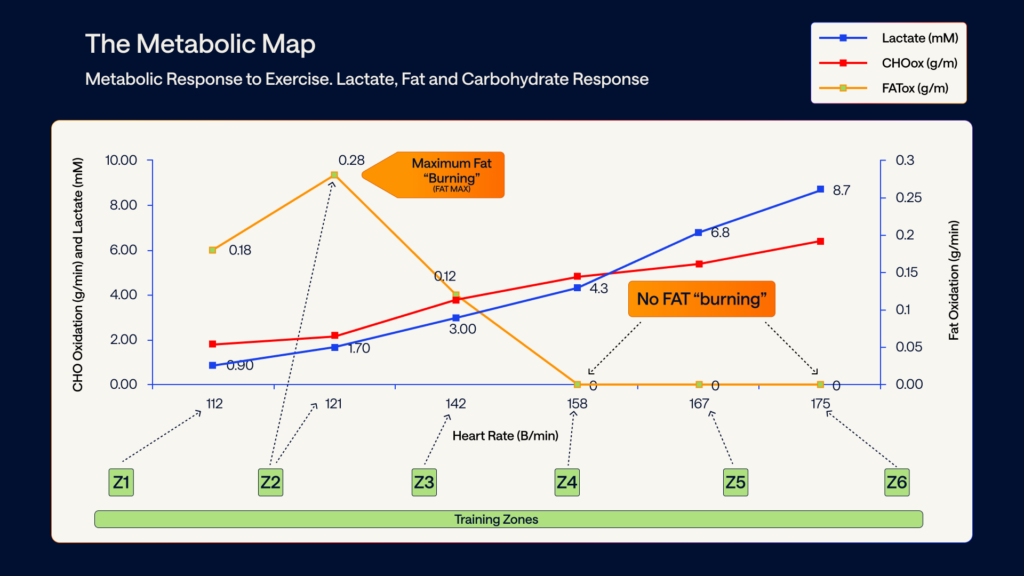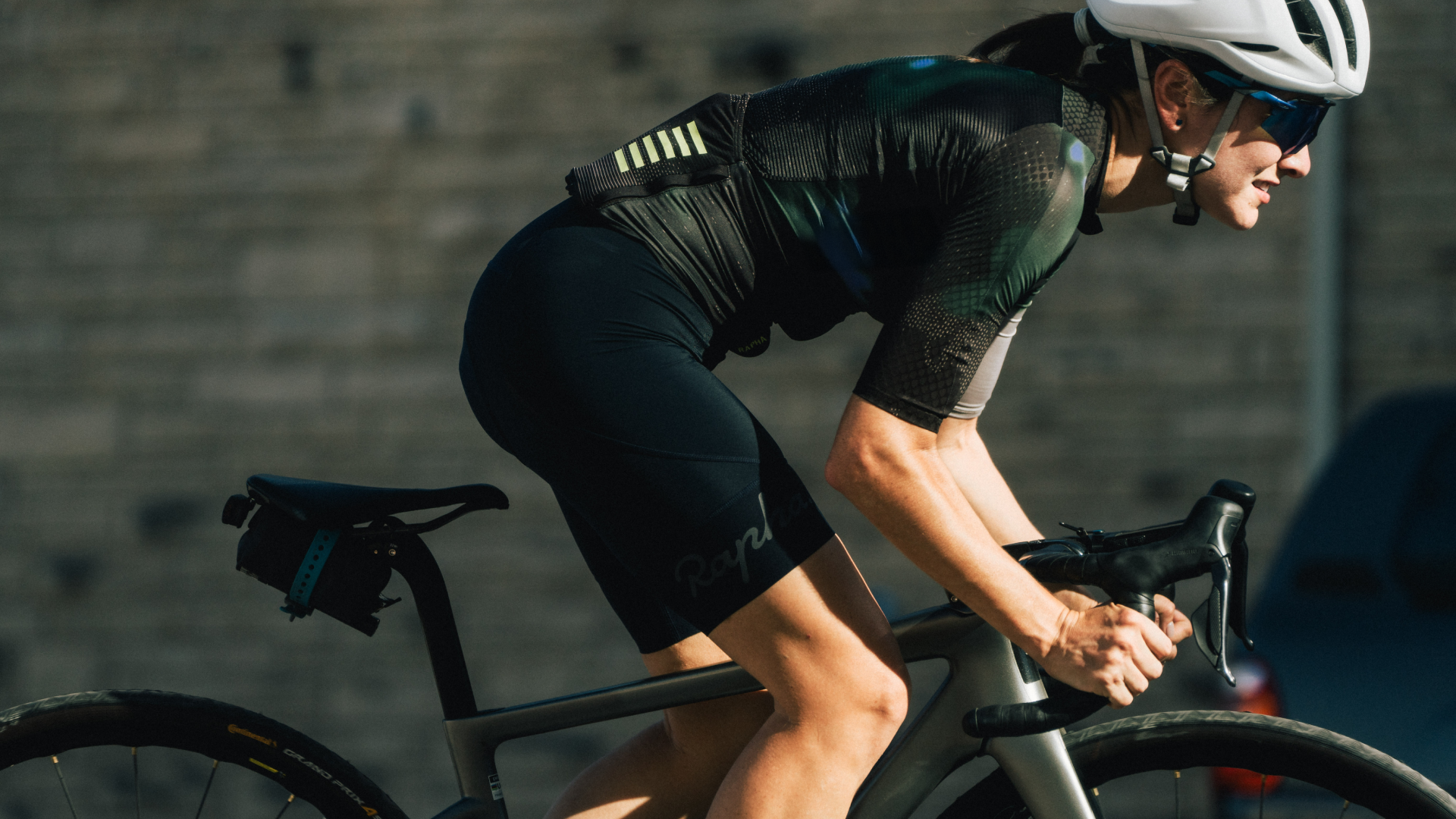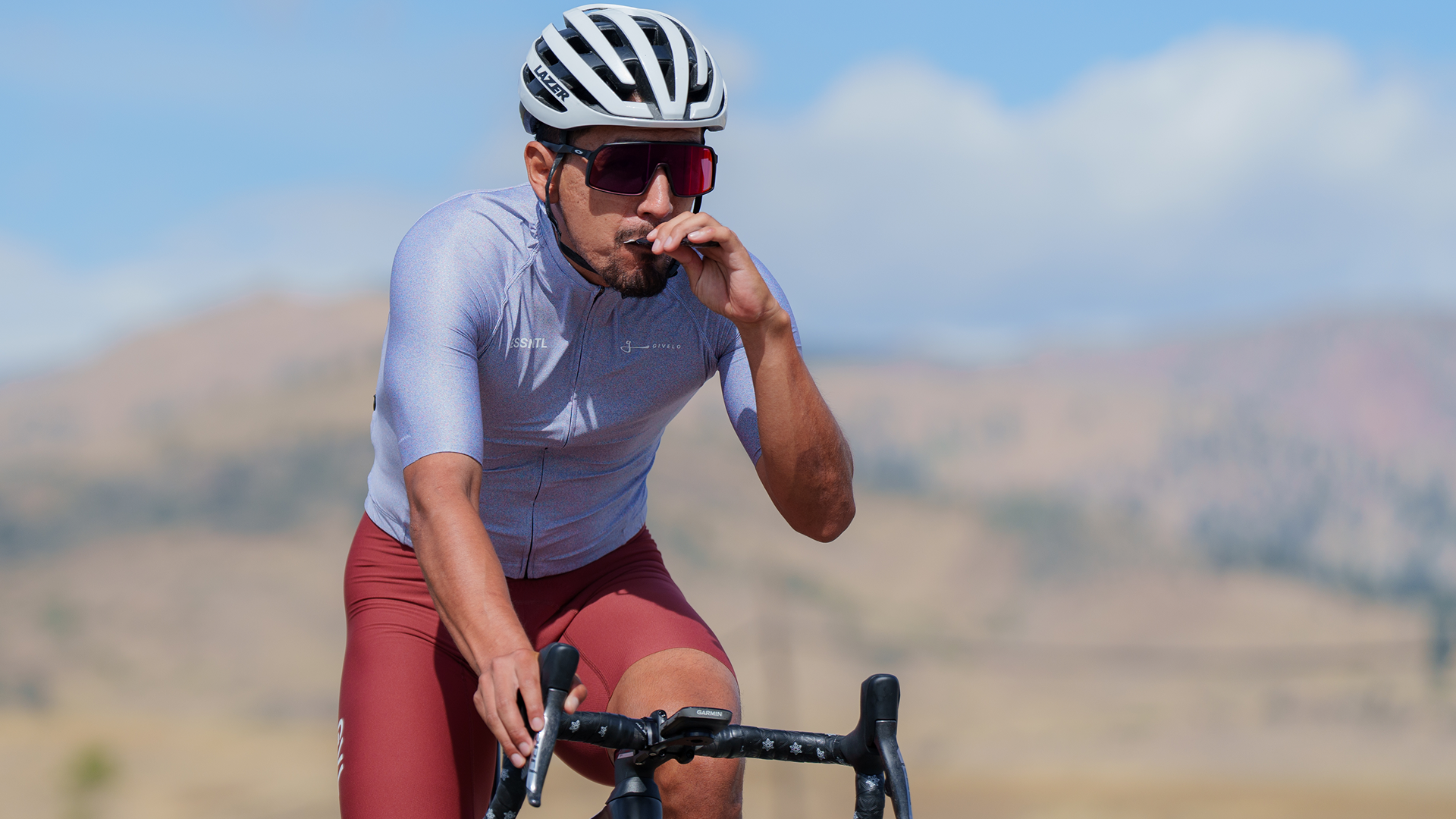人体一级高清图片搜索
Now that we’ve established how we built Fueling Insights, let’s dive into how you can use it in your coaching. Fueling Insights guides two important coaching jobs:
- Planning (Pre-Ride): Structured workouts use planned intensity to predict carb and fat calorie utilization. They are ideal for strategizing nutrition ahead of big training sessions or races.
- Analysis (Post-Ride): See how many carb and fat calories were burned, allowing for reflection and adjustments for future workouts.
In the sections that follow, we’ll break down practical examples, explain why these numbers matter, and show you exactly how to put Fueling Insights into action with your athletes.
Turning Fueling Insights Data Into Actionable Plans
A competitive athlete typically starts a ride with 400-500 grams of stored glycogen. Here’s how that looks practically:
- 60 min Z2 @ 65% FTP (185g CHO burned): The athlete starts the ride with 400-500g of CHO stored, and uses 185g, leaving 215-315g. No fueling needed; plenty left in the tank.
- 2-hour tempo ride (400-500g CHO burned): Aim for ~50% replacement (200-250g), 100-125g/hr.
- 4-hour fondo (600-700g CHO burned): Aim for consistent replacement of ~50% (300-350g), 75-88g/hr.
Coach’s note: Treat the “~50 % replacement” rule as a baseline, not a prescription. Real-world needs swing with factors like heat, altitude, ride duration, fasting status, and—most critically—each athlete’s gut tolerance and fueling practice.
Use Fueling Insights to spot when glycogen stores are likely to run low, then fine-tune upward or downward through field testing. A detailed discussion of every variable that shifts CHO oxidation is beyond this article’s scope, but keep the 50% guidepost in mind while adjusting to your athlete’s conditions and comfort.
kJ vs. Substrate: A Combined Approach
Kilojoules (kJ) measure total mechanical workload, but don’t show fuel type. Fueling Insights reveals the carb and fat ratio, making your fueling strategy more accurate.
For instance: A rider producing 800 kJ/hour might burn 95% carbohydrate (920 kcal). Targeting 50% replacement means 460 kcal (115 grams) per hour—far more precise than general estimates. In other words, kJ still rules your energy-balance equation, and Fueling Insights rules the composition.
Why Carb Numbers May Appear High (They’re Accurate!)
Traditional models tend to create confusion by displaying fat and carbohydrate oxidation rates together, but on different scales.
These models suggest that carb oxidation is minimal at low intensities, but plotting both substrates on the same y-axis scale clarifies reality: carbs dominate at almost every intensity.
Furthermore, as mentioned above, these high numbers of CHO oxidation rates were exactly what surprised San Millán two decades ago and led him to challenge the prevailing guidelines at the time, advocating for a substantial increase in CHO intake to 80–100 g/h, instead of the widely accepted 35–55.
Moreover, glucose is always utilized by skeletal muscle, even at low exercise intensities. This goes against the common belief that only fat is used at lower intensities. In reality, carbohydrates are always in use, regardless of the intensity of the exercise. Ultimately, it is exercise intensity that defines the amount of carbohydrates oxidized by skeletal muscle g/h.

Dr. San-Millán’s data confirms carb predominance even in easy rides. Understanding this ensures athletes fuel sufficiently, avoiding chronic underfueling that harms long-term performance.
FAQ’s (use collapsible block):
- What specific research is this based on? See our previous article: Introducing Fueling Insights: A Smarter Way To Fuel
- How accurate is it? Fueling Insights is built directly on >250 fully calibrated lab ramp tests; the sex- and performance-specific curves show narrow standard-deviation bands, giving the model strong predictive power when your athlete’s ride data are mapped onto them.
- Do I need to eat everything I burn? No. Replace ~40–60 % during the ride, top off after.
- Why don’t I need to replace fat kcals?
- 1. Physiological sufficiency: The body has ample fat stores. Even lean athletes have >30,000 kcal available.
- 2. Metabolic rate limitations: Fat oxidation is slower and decreases with rising intensity. At very high exercise intensities, fat is barely used or null as the rate of ATP synthesis is very high and not sustainable by fat oxidation, making CHO more urgent to replace.
- 3. Digestive constraints: Eating fat mid-exercise can impair gastric emptying and doesn’t meaningfully support performance.
- Does it work fasted? The model assumes a fed state; if an athlete is fasted, values still trend correctly but shift lower.
- Is it cycling-only? Yes. Current model relies on cycling power data, but other sports are under evaluation.
- Mobile? Substrate metrics on mobile rollout later this year (watch our release notes).
Start Today: Fuel Smarter
- Enable Fat & Carb Calories now.
- Plan your upcoming rides using pre-ride insights.
- Refine your fueling by reviewing post-ride analysis.
Smarter fueling strategies begin when you clearly understand your energy burn.









